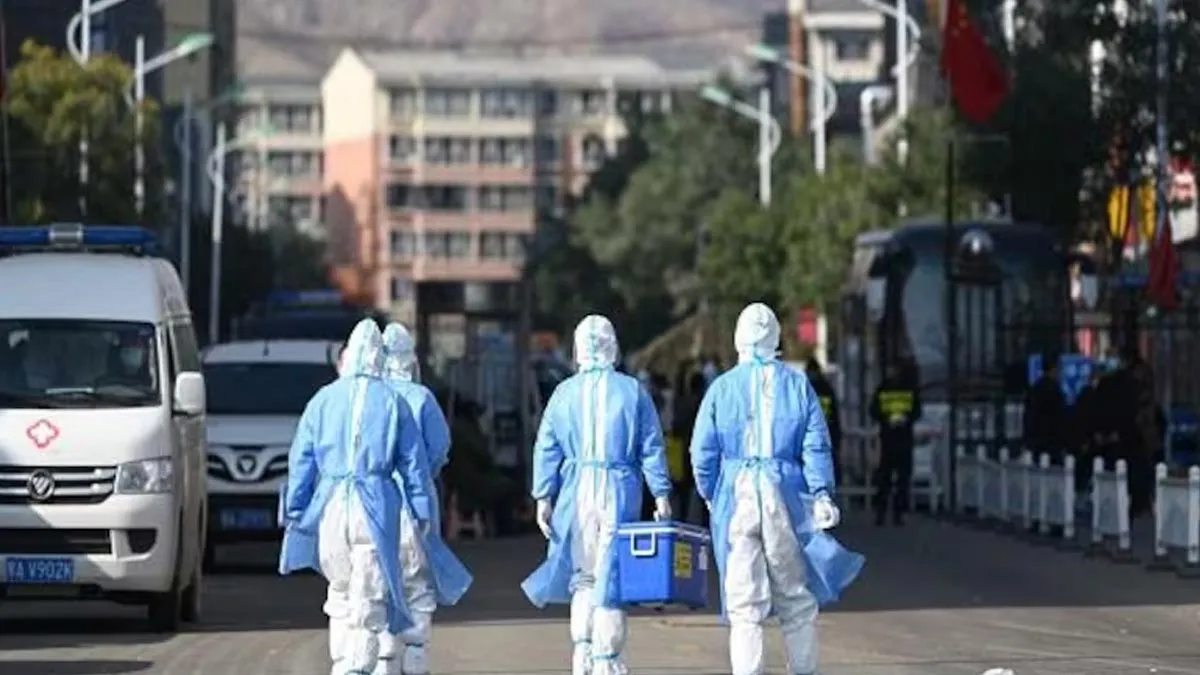
China is witnessing a growing wave of infections caused by Human Metapneumovirus (HMPV), raising concerns among health experts and authorities. With a history of grappling with severe outbreaks, the country has ramped up its surveillance and detection systems to combat this emerging threat.
Table of Content:-
Rising HMPV Cases Among Children
The surge in HMPV cases has primarily impacted children under 14 in China’s northern provinces. Health officials have expressed concern over the rapid spread of this virus, which often leads to respiratory illnesses similar to the flu. Symptoms can range from mild colds to severe respiratory complications, particularly in vulnerable groups such as young children, the elderly, and those with weakened immune systems.
The Chinese government has intensified efforts to monitor and identify pneumonia cases of unknown origin, aiming to prevent a repeat of the unpreparedness that marked the early days of the COVID-19 pandemic.
⚠️ BREAKING:
— SARS‑CoV‑2 (COVID-19) (@COVID19_disease) December 28, 2024
Hospitals in China 🇨🇳 Overwhelmed as Severe "Flu" Outbreak, Including Influenza A and HMPV, Resembling 2020 COVID Surge.
Hospitals in China are overwhelmed as outbreaks of "influenza A" and "human metapneumovirus" resemble the COVID-19 surge from three years ago. pic.twitter.com/mPF6XGjQCY
What Is Human Metapneumovirus?
Discovered in 2001, HMPV is a common yet lesser-known respiratory virus that belongs to the Pneumoviridae family. It spreads primarily through respiratory droplets, close contact with infected individuals, or touching contaminated surfaces.
While most infections are mild and resolve without treatment, HMPV can lead to severe complications like bronchitis and pneumonia, particularly in children and older adults. It is often misdiagnosed due to its similarity to other respiratory viruses like the flu and RSV (Respiratory Syncytial Virus).

Preparedness Measures in Place
China has introduced a pilot monitoring system for pneumonia of unknown origins to enhance early detection and containment. This proactive approach reflects lessons learned from the COVID-19 outbreak, where delayed responses had global repercussions.
Also Read: 40 Years After Bhopal Gas Tragedy: Toxic Waste Cleared, but Health Scars Remain
Moreover, officials are closely monitoring other potential health threats, including rhinovirus, which could exacerbate the situation. The aim is to implement comprehensive strategies to address these emerging public health challenges.
⚠️ BREAKING:
— SARS‑CoV‑2 (COVID-19) (@COVID19_disease) January 1, 2025
China 🇨🇳 Declares State of Emergency as Epidemic Overwhelms Hospitals and Crematoriums.
Multiple viruses, including Influenza A, HMPV, Mycoplasma pneumoniae, and COVID-19, are spreading rapidly across China. pic.twitter.com/GRV3XYgrYX
A Call for Vigilance
As HMPV cases rise, it serves as a reminder of the ever-present threat of respiratory viruses. While not as severe as COVID-19, the virus highlights the need for continuous monitoring, timely interventions, and public awareness to mitigate its impact.
Health experts urge people to maintain hygiene practices, seek medical attention for prolonged respiratory symptoms, and stay informed about emerging health risks.
Also watch this video
How we keep this article up to date:
We work with experts and keep a close eye on the latest in health and wellness. Whenever there is a new research or helpful information, we update our articles with accurate and useful advice.
Current Version